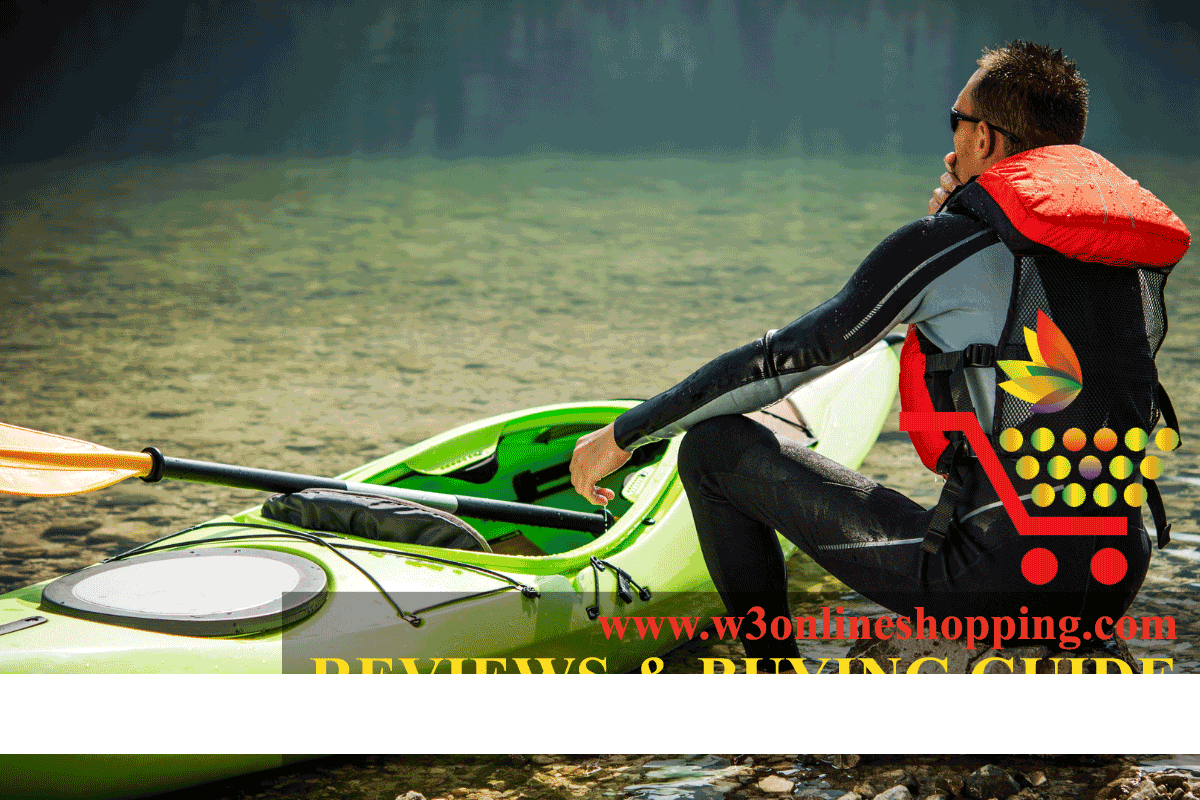Recreational and day-trippers are smaller and larger than expedition kayaks. They are created for shorter trips. Just one individual kayak is (9- 14 feet) extended and (23- 30 inches) wide. A combination is generally (12- 15 feet) long and (30- 36 inches) wide. These kayaks are easy to have in and get out. There is an ease of storage and transport. They are very maneuverable, stable and may track efficiently. Recreational kayaks are less expensive then firm ocean kayaks. They are ideal for getaway, fishing and household visits because their broad styles give secure platforms.
Select a ship that matches your size. You should feel comfortable inside and enjoy your paddling. Before getting, take many boats for check rides. Acquire, rent or use vessel at demonstration days paid by shops and manufacturers. Paddle several types to evaluate the stability, the tracking efficiency, the rate and maneuverability. The faster ships are easy to guide, making them greater suitable for explore tidal revenues in estuaries and marshes.
Longer kayaks have ample storing position and are faster. Novices must often start off with wider boats. Don’t spend much on your own first boat, as you often outgrow it fast, when your paddling abilities improve. Plastic kayaks are cheapest but shortly lasting. Fiberglass, Kelvar and carbon are good option as gentle but high priced to plastic. Wooden ships are light, rapidly, repairable and harder but involve standard maintenance.
Consider the transportation factor. A light day touring sit in kayak is probably worthwhile. Discuss and speak with other paddlers about the good qualities and cons of these boat. Consider their suggestions against your personal energy and needs. Contemplate your physical strength and your feeling of adventure. Consider the type of your trips. Are you currently planning to be touring for single times more or have multi-day trips? This really is important to determine how big the kayak with respect to the storage available.
Select the boat with best accessories. As an excellent kayak with bad accessories would have been a poor package overall. Remember each one of these details, you should buy a most useful kayak to accommodate your model, taste and need.Touring kayaks are a cruising equipment perfect for trips and recreation. They’ve rate, effectiveness to rush through uneven water with ease. It’s a leading choice for intermediate and more capable paddlers seeking an all purpose, large functional kayak.
You can find a number of points you may want to contemplate when getting your kayak. Price, storage, convenience, stability, controllability, what sort of paddling you will be doing and who you will soon be doing it with. Let’s have a look at all these as you feel the means of deciding on the right vessel for you.
Inflatable ships have many benefits and usually are the least expensive. As well as value they’re easier to move and store. Difficult sided ships can be made from numerous various materials. Plastic may be the most affordable and the most sturdy. They are maybe not easily damaged but are hard to repair. More expensive may be the fiberglass product, a tad bit more fragile than plastic but they may be repaired. The prices rise with kayaks made of Kevlar, graphite, or carbon fiber. The larger the purchase price, the lighter the model can be. You will need more room to keep these rigid kayaks between employs and you will be needing a rack to transport. On the higher priced side are collapsible kayaks which are constructed with cloth extended on a timber or metal frame. They’re difficult, often lasting more than different structural types, and they keep their value for resale.
For beginning canoeing you probably want a more stable boat. However, there are two types of balance, an initial security when you’re first getting in and out of the ship and then pushing off. Less original balance is an indication that ultimate stability, if you are in more turbulent water, will soon be higher. To be stable requires the kayak to be greater, that detracts from the speed.
